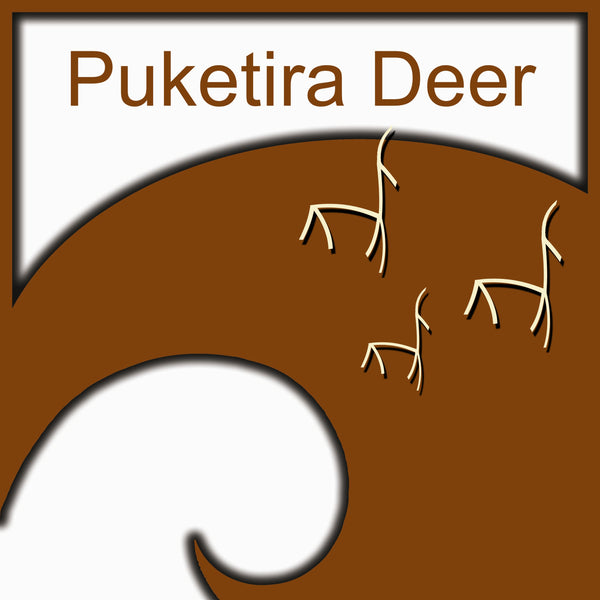July 2017
Share
July sees us settled into out winter routine – and 84mm rain gives us winter recharge – the streams are flowing and the soil moisture is at field capacity. The hinds are now well settled on their new self feed silage, situated on a high dry plateau a long way from any water way. No danger of any adverse environmental impact here! The limestone is quite close to the soil surface and this prevents mud from forming. The ground stays dry and relatively warm consequently. Three weekends in a row sees Southerly storms sweep through. Any stock that are not already in shelter are shifted to sheltered paddocks, consequently the hinds get a change of scenery each weekend before returning to their silage pit after the storm blows through.
Winter time is fencing time - Thomas has designed a netting spike to go on the front end loader. This allows us to pick up the 1900mm high coils of netting, feed them out and then pull them up tight, all from the seat of the tractor. Then its time to try out our latest labour saving tool – a gas powered staple gun. This makes short work of putting in the staples, effortlessly. We put a new fence up along a hedge line – and while it is slow going spiking all the holes before posts can be driven – it doesn’t take long to put up the netting.
Huge excitement one day – a truck gets through the snow on the Lewis Pass and brings a 18 bundles of deer posts. We can now prepare to deer fence the remaining 60 hectares of the property. We plan to do 30 hectares with season with the balance to be completed in 2018. By that stage we will know whether the Hurunui Water Project is proceeding and we can fence for the placement of a centre pivot irrigator on the block.
The ewe hoggets are enjoying their diet of green-feed oats – the crop in places is taller than the sheep and we have to break a track every day with the tractor in order to set up the electric break fence. The hoggets pregnancy scan 100%, a result we are pleased with given that 30% of the mob was made up of tail end ewe lambs from the hoggets. Lambs that were too small to go to the works in the autumn and were simply retained to build up numbers. In simplistic terms these turned out to be the ones that didn’t get in lamb.
